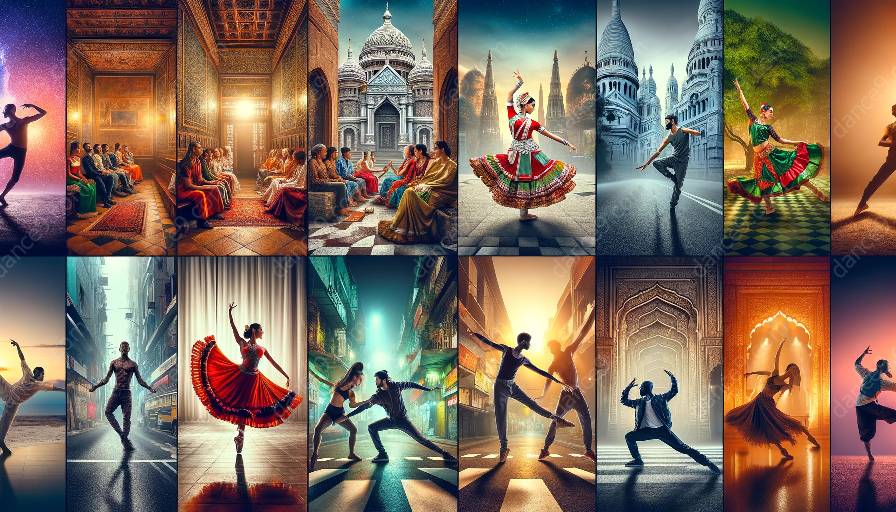Dance is an exquisite art form that allows individuals to express themselves through movement and rhythm. With its vast diversity and cultural significance, dance holds the power to represent and showcase various stories, traditions, and emotions. However, when it comes to representing dance, there are crucial ethical considerations that must be taken into account to ensure respectful and accurate portrayal.
The Importance of Ethical Considerations in Dance Representation
Representation in dance not only shapes perceptions but also impacts the individuals and communities that are being portrayed. It is essential to approach dance representation with sensitivity, awareness, and cultural competence to avoid perpetuating stereotypes or misrepresenting traditions. When ethical considerations are overlooked, the integrity of the art form and the well-being of its practitioners are at risk.
Cultural Appropriation and Authenticity
One of the primary ethical considerations in dance representation is the avoidance of cultural appropriation. Different types of dance, such as traditional folk dances, hold deep-rooted cultural significance and often carry historical narratives. Appropriating these dances without understanding their cultural context, or without proper authorization, can be disrespectful and harmful. It is crucial to approach the representation of various dance forms with authenticity and respect for their origins.
Accurate and Respectful Portrayal
Accurate and respectful portrayal in dance representation involves understanding and showcasing the nuances of each dance form. Whether it is ballet, hip-hop, traditional folk dance, or contemporary dance, each style carries its own set of cultural, historical, and emotional elements. Ethical dancers and choreographers strive to depict these elements with integrity and honesty, avoiding the reinforcement of harmful stereotypes or misinterpretations.
Ethical Considerations Across Different Types of Dance
When examining ethical considerations in dance representation, it is essential to explore these considerations within the context of different dance forms.
Ballet
In classical ballet, ethical representation involves paying homage to the historical roots of the art form while also challenging traditional gender, race, and body stereotypes. Addressing issues of diversity, body image, and gender equality becomes crucial in ensuring ethical representation within the ballet world.
Hip-Hop
With its roots in African American and Latino cultures, ethical considerations in hip-hop representation encompass respecting its origins and acknowledging the social and political themes embedded in the dance style. Authenticity, inclusivity, and empowerment are pivotal in ethically portraying hip-hop dance.
Traditional Folk Dance
When it comes to traditional folk dance representation, ethical considerations revolve around preserving and honoring the cultural heritage and traditions associated with each dance. Avoiding exploitation and misrepresentation while promoting cultural exchange is imperative in ethically representing traditional folk dances.
Contemporary Dance
Contemporary dance often pushes boundaries and challenges societal norms. Ethical representation in contemporary dance involves fostering an inclusive and diverse environment where artists can express themselves authentically without succumbing to commercial pressures or exploitative practices.
Conclusion
Addressing ethical considerations in dance representation is vital in maintaining the integrity and authenticity of the art form. By approaching dance representation with cultural sensitivity, respect, and awareness, individuals and communities can ensure that the diverse and profound stories expressed through dance are portrayed ethically and accurately.











































